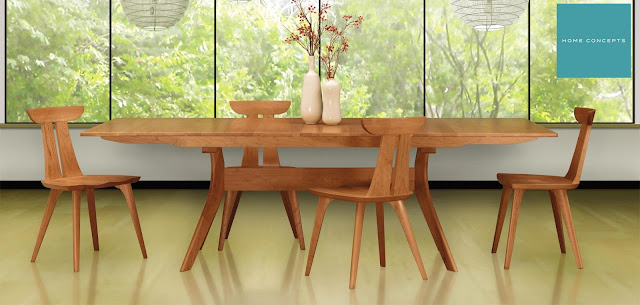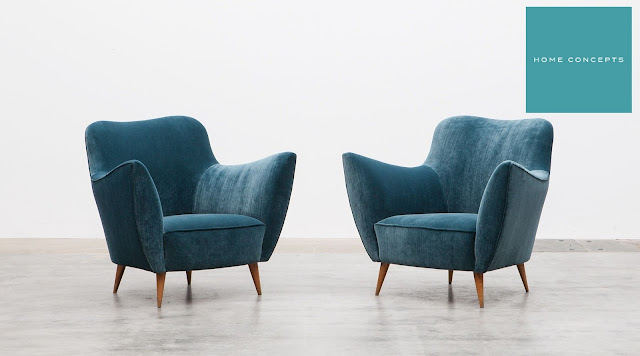How to Select the Right Wood and Stain for Your Hardwood Dining Table?
When it comes to creating the perfect dining space, selecting the right wood and stain for your hardwood dining table plays a crucial role. The choice of wood and stain not only impacts the overall look but also influences the durability and functionality of the table.
In this comprehensive guide, we will explore the importance of choosing the right wood and stain to create a beautiful and long-lasting dining table.
Understanding Different Wood Types
Before delving into the world of stains, it's essential to understand the characteristics of different wood types commonly used in crafting dining tables. Hardwoods such as oak, maple, cherry, walnut, and mahogany each possess unique attributes that contribute to their appeal in furniture making.
These woods vary in natural colours, grain patterns, and durability. For example, oak exhibits prominent grain patterns and is known for its strength, while cherry wood boasts a rich, reddish-brown hue. Understanding these distinctions allows for informed decision-making when selecting the ideal wood for your dining table.
Furthermore, different wood types complement various interior styles. Whether it's the classic elegance of mahogany in a formal dining room or the warm, inviting tones of walnut in a rustic setting, each wood type can contribute to a distinct ambience within the dining space.
Factors to Consider When Choosing Wood
When choosing the wood for your dining table, several factors come into play. Hardness, grain pattern, colour variation, and resistance to wear and tear are essential considerations. For instance, if you anticipate frequent use of the table, opting for a hardwood with high resistance to scratches and dents would be advantageous.
Matching the characteristics of the wood with your lifestyle needs and aesthetic preferences is key. A family with young children, for example, might prioritise a wood type that is both durable and forgiving of minor mishaps. Additionally, in today's environmentally conscious world, considering the sustainability of the wood source is paramount in making an ethical choice for your dining table.
Selecting the Right Stain
Once the wood type is chosen, the next step involves selecting the right stain to enhance its natural beauty. Stains have the ability to enrich or alter the colour of the wood, providing endless possibilities for customisation. Clear finishes, light stains, dark stains, and coloured finishes are among the popular options available.
When choosing a stain, it's important to consider how it complements the other furniture in the dining area. Whether you aim for a cohesive look with existing wooden furniture or seek to create an eye-catching contrast, the right stain can significantly impact the space's overall aesthetic.
Combining Wood and Stain for Aesthetic Appeal
Pairing the right wood type with a compatible stain is an art that can elevate the aesthetic appeal of your dining table. For instance, the warm undertones of cherry wood can be accentuated with a deep, rich stain, while the natural beauty of maple may be highlighted with a clear or light stain.
Consider interior design trends and personal style preferences when making this decision. Whether it's the timeless combination of oak with a natural clear finish or the modern juxtaposition of dark stain on walnut, there are countless successful combinations to draw inspiration from. It's advisable to experiment with samples to visualise the impact of different wood-stain pairings before making a final decision.
Maintenance Tips for Different Wood-Stain Combinations
Preserving the beauty of your chosen wood-stain combination requires proper maintenance. Different combinations may call for specific care routines to ensure longevity. From regular cleaning methods to the application of protective coatings, understanding the unique needs of your dining table is essential.
Additionally, knowing how to prevent damage from heat or spills can prolong the life of your table and retain its lustre. By following these maintenance tips, you can enjoy your hardwood dining table for years to come while keeping it looking as stunning as the day it was crafted.
Customisation Options for Unique Dining Tables
For those seeking a truly unique dining table, custom woodworking options offer a world of possibilities. Inlays, distressing techniques, and mixed-material designs are just a few examples of customisations that can set your table apart. These options allow for personal expression and creating a dining table that aligns perfectly with individual tastes and preferences.
Conclusion
In conclusion, the process of selecting the right wood and stain for your hardwood dining table is a significant decision that impacts both aesthetics and functionality. By understanding the characteristics of different wood types, considering essential factors, and carefully choosing a stain that complements the wood, you can create a dining table that not only enhances your space but also stands the test of time.




Comments
Post a Comment